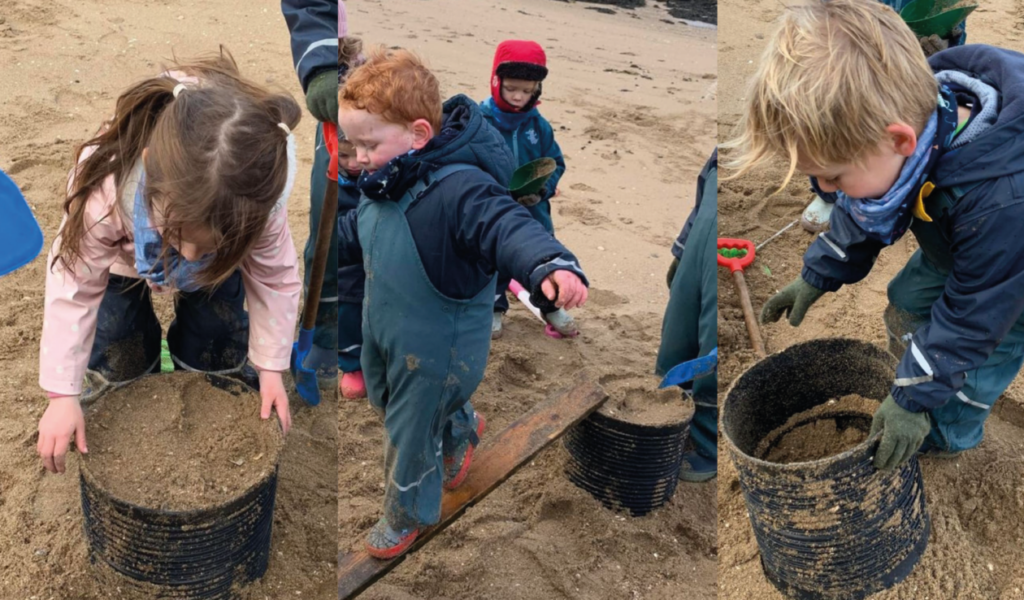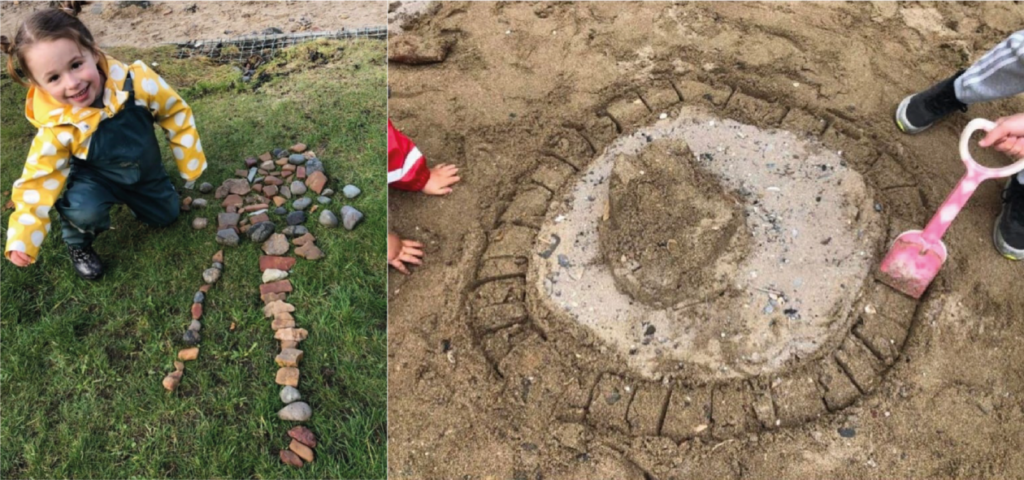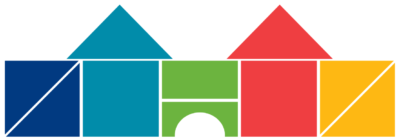Mathematics & Numeracy Practice Inspiration
In order to provide ‘practice inspiration’ surrounding Mathematics & Numeracy, this section will offer insights into both excellent and innovative practice taking place across a range of Fife nurseries.
“Literacy, numeracy, and mathematical thinking are woven within the fabric of all conversations, interactions, and experiences. They are everywhere in the environment. They are part of a child’s everyday life and are fundamental to all other learning.”
– Realising the Ambition (2020:70)
Methilhaven Nursery
Over the past two-years, we have focused on the development of conceptual numeracy within our nursery. This has involved looking at creative ways to ensure that all staff have a sound understanding of what it is, and are able to speak with confidence about the impact and benefits for our learners.
In 2021-22, our whole staff team engaged in professional learning that focused on:
-
- The difference between procedural and conceptual understanding, and the concepts of ‘subitising’ and ‘partitioning’.
- Developing conceptual understanding through awareness of counting principles, challenging and extending, observations, and the high-quality provision we offer.
- Consideration of block play and loose parts prompted staff to reflect and evaluate their provision and make positive changes.
- Reflection surrounding opportunities within both indoor and outdoor environments helped us to consider what is already available to support maths and numeracy, the learning that can take place, how we can provide support, and other opportunities to enhance provision.

From August 2022, we continued to have this as a focused area on our improvement plan in order to fully embed what we had learned during the previous session in our playrooms.
We have looked in-depth at the 7 Stages of Block Play. Hollow blocks were added into our playrooms to enhance and further develop play. The impact this has had on our children is evident.
PLJs across both age groups contain highly-detailed observations which focus on the learning gained.
Practitioners now feel confident when looking at play and can identify which stage of block play is taking place and how to skilfully challenge and extend children’s learning across all stages. Children are transferring between indoors and outdoors extremely well.
We regularly audit both indoor and outdoor environments, and new resources have been purchased to enhance our provision.
Family learning opportunities have involved ways for children to work alongside their parents/carers to develop early numeracy skills and have a lot of fun! We looked at using resources and materials that they would likely already have within their homes to ensure the skills learning and meaningful, relevant, and easy to replicate.
Maths & Numeracy (Childminders)
Gillian McKeown, Fiona Smillie, and Angie Harrison are three childminders in partnership with Fife Council that offer funded ELC places in South West Fife. They all love the great outdoors and use forests and beaches in both Fife and the wider area. Through exploration of natural environments on a daily basis, they offer children real life contextual maths and numeracy opportunities.
Measuring Depth & Identifying Marker Lines
The below images show children using a stick to identify marker lines in the water and sand. To extend on this, we discussed other things that could be measured with the stick. The children used the stick to measure one another, discussing who was the tallest and who was the shortest. The following day, we used measuring tapes in the natural environment.

Height, Length, & Width
The children made a bridge to cross a waterfall, provoking discussion about height, length, width, and height.
To extend this, we compared other tree branches of different lengths and thickness to confirm whether they would cross the waterfall and if they could hold the child’s weight. Here, we used the language of width, length, and strength. Further to this, we discussed bridges the children were familiar with.

Weight
Our learners wanted to use materials they had found to make a plank. Through trial and error, they discovered that the hollow container wasn’t heavy enough to support their weight, so they filled it with sand. To extend on this, we discussed the properties of weight; talking about full and empty, heavy and light.

Patterns & Repetition
The photographs below show patterns created by the children. Notice how the circular patterns is decorated with the same consistent markings all the way around. One child used stones to form a pattern that resembled a person. To extend this, we provided other opportunities to make patterns in the sand, and on paper, rocks, and mud.

Distance
Given their interest in watching cruise ships and sail boats in the distance, we offered the children binoculars. Consequently, interest emerged in seeing things close up, so we made magnifiers available.
Counting, Ordering, Adding, Subtracting
Children had the opportunity to find, sort, and count items such as leaves from different trees, conkers, acorns, pine cones, and shells.


